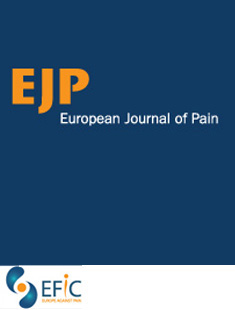![]()
“Cannabinoids are widely used to alleviate intractable symptoms such as pain, nausea, and muscle spasticity. The purpose of this review was to ascertain the current state of the science regarding use of cannabinoids for cancer pain.
CONCLUSIONS:
Eight randomized control trials met the inclusion criteria for review. Most trials found analgesic effects from cannabinoids when compared to placebo, although not all associations reached statistical significance. The analgesic effects of cannabinoids were also limited by dose-dependent side effects. Side effects most commonly reported were changes in cognition, sedation, and dizziness.
IMPLICATIONS FOR PRACTICE:
There is evidence that cannabinoids are effective adjuvants for cancer pain not completely relieved by opioid therapy, but there is a dearth of high-quality studies to support a stronger conclusion. Cannabinoids appear to be safe in low and medium doses. Methodological limitations of the trials limited the ability to make sound conclusions. Further research is warranted before efficacy, safety, and utility of cannabinoids for cancer pain can be determined.”








